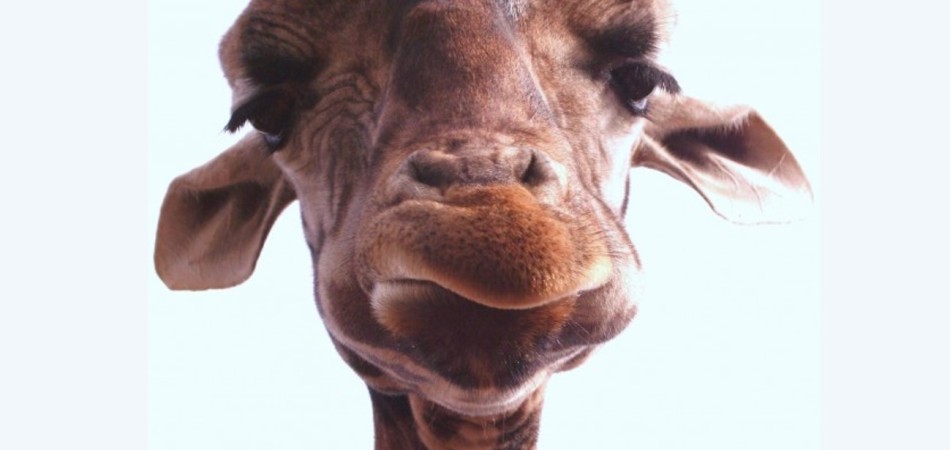When it comes to long necks, even giraffes fail to measure up to the sauropod dinosaurs. This prehistoric species attained neck lengths of 15 meters, trouncing the world record giraffe by a factor of six. Of course, it’s not a conscious competition; giraffes today aren’t rolling out their yoga mats (see: upward facing giraffe) in attempts to break the sauropod’s record. But—in certain contexts—evolution has favored longer-necked individuals. They can graze from the tallest trees. They may even attract more mates (see: neck size matters).
Michael Taylor and Mathew Wedel highlight a series of adaptations—each present in the sauropod—which together promote long necks. First on the list? Have a huge body. Being a quadruped—four-legged animal—also helps by providing a stable stance. In comparison, for the bipedal T. Rex to grow a long neck would have required growth of an equally long tail to keep the famed dinosaur from toppling over. What the sauropod had which the giraffe lacks is a small, lightweight head, an increased number of elongated, air-filled neck vertebrae, and an air-sac respiration system. Without this last feature—in which air pockets along the neck aid in respiration—neck length becomes constrained. Giraffes rely only on their lungs to breath. A large percent of the volume inflating their lungs is recycled air trapped in their tracheas. You can’t get much oxygen from continuously breathing your own neck air.
We shouldn’t feel too bad for the giraffe though. The long neck trend just doesn’t seem to be evolutionarily “in” anymore. And sure, sauropods were probably among the first to see the approaching asteroid, but it’s likely their small, lightweight heads were also among the first to feel the impact.
Are you the author of this article? We had a site crash back in 2016 and lost some author attributions. We promise this is not a snub! Please email us and let us know that this is your post. Thanks and apologies!


